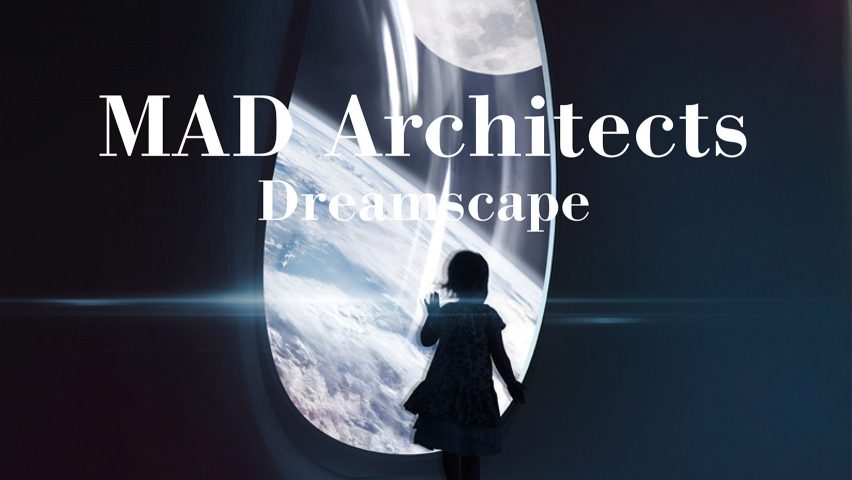Dezeen promotion: Japanese magazine a+u: Architecture and Urbanism has dedicated its 600th issue to the experimental work of international studio MAD, including its newly completed YueCheng Courtyard Kindergarten in Beijing.
Titled Dreamscape, the September 2020 edition of the monthly a+u journal celebrates the history of MAD and its key projects since it was founded by Ma Yansong in 2004.
Dreamscape features a total of 22 projects by the studio, including architecture and designs produced by its studios across Beijing, Jiaxing, Los Angeles, and Rome.
Among them are Harbin Opera House, Tunnel of Light and its Martian Collection, each recounted through physical models, sketches, drawing and images – some of which have never been published before.
The title and theme for the magazine, Dreamscape, was chosen to reflect MAD's experimental and futuristic approach to design, which a+u said "balances itself ambiguously between art and architecture".
"Since its beginning, the studio has been experimental and bold with its futuristic designs," a+u writes in the magazine preface.
"To MAD, it is also important that the environment they built maintains spiritual and emotional connections with people through nature," it continued.
"The result of this combination of technology and nature is a type of fiction-architecture that balances itself ambiguously between art and architecture."
Other projects included in the magazine are Hutong Bubbles, Absolute Towers, the Superstar: A Mobile Chinatown, Nanjing Zendai Himalayas Center and Courtyard Kindergarten.
Each project feature gives readers an insight into the studio's creative process, featuring early conceptual sketches and models to complete final designs.
Woven in-between are essays about the studio's design approach by Fumio Nanjo, senior advisor of the Mori Art Museum in Tokyo, and Frederic Migayrou, deputy director of the Center Pompidou in Paris.
There is also a written piece by MAD's architect Dang Qun, structural engineer Gao Ying and facade engineer Yu Hui that sheds light on the technicalities behind the studio's work.
Nanjo's essay explains that MAD has "redefined architecture as a new nature".
"The architecture that MAD creates is seen as a kind of landscape," he explained. "In terms of how it takes its starting point from architecture, the landscape undeniably seeks to become a city. Yet, it also represents a new kind of nature that surrounds and encircles us."
In the essay titled Convolutions, Migayrous cites the studio's Tunnel of Light as one of the most significant projects that give an insight into "Yansong's aesthetic quest".
"Ma Yansong's architecture is open, and its emerging morphologies resonate with the tensions induced by their sites," he explained.
The a+u publication was first issued in 1971 and is Japan's only monthly magazine dedicated to sharing architecture news and discourse from the world.
To find out more or purchase the 600th edition Dreamscape, click here.
Partnership content
This article was written by Dezeen for a+u Architecture and Ubranism Magazine as part of a partnership. Find out more about Dezeen partnership content here.

